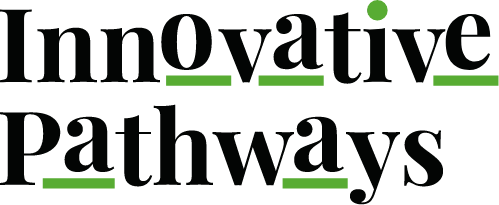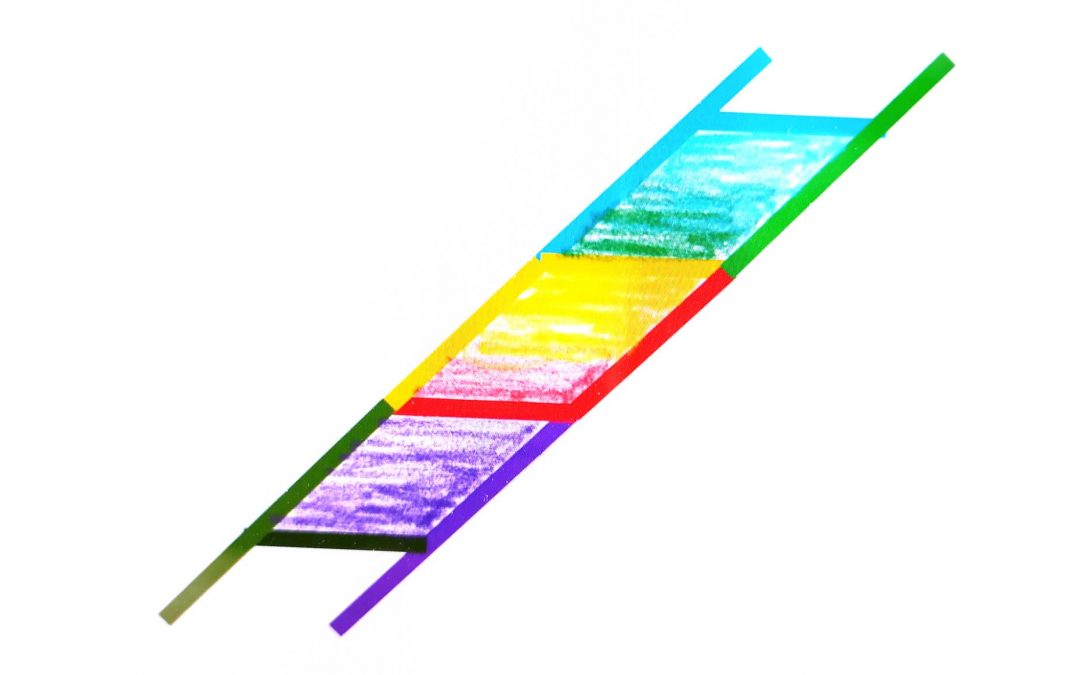March 26, 2020, Jennifer de Gandt and François Viquesnel hosted an Online Session to explore Clean Language and the Autonomic Nervous System.
During this session, Jennifer shared with us how Clean Language can help us regulate our Autonomic Nervous System.
The presentation was followed by one-on-one practice sessions.
If you want to learn more, check out future online Zoom sessions here
Listen to Jennifer’s presentation from Metaphorum on november 22, 2019 on this topic below:
Do the exercise at home starting from 4’15”.
We come into the world wired to connect and we embark on a lifelong quest to feel safe in our bodies in our environments and in our relationships with others. The Autonomic Nervous System is our personal surveillance system always on guard and asking “Is this safe?” Its goal is to protect us by sensing safety and risk. Listening moment by moment to what is happening in and around our bodies and in the connections we have with others.
“The Polyvagal Theory in Therapy” Deb Dana, on the work of Stephen.W Porges
Befriending the Nervous System: A Beginner’s Guide to Polyvagal Theory
This listening happens far below awareness and far away from our conscious control. Dr Porges, in understanding that this is not awareness that comes with perception, coined the term neuroception to describe the way our autonomic nervous system scans for cues of safety, danger and life-threat without involving the thinking parts of our brain. Because we humans are meaning-making beings, what begins as wordless experiencing of neuroception drives the creation of a story that shapes our daily living.
The Autonomic Nervous System
The ANS is made up of two main branches, the sympathetic and the parasympathetic and responds to signals and sensations via three pathways, each with a characteristic pattern of response. Through each of these patterns we react “in service of survival.”
The SYMPATHETIC BRANCH is found in the middle part of the spinal cord and represents the pathway that prepares for ACTION. It responds to cues of danger and triggers the release of adrenaline, which fuels the fight-flight response.
In the PARASYMPATHETIC BRANCH, Polyvagal theory focuses on two pathways travelling within a nerve called the VAGUS. Vagus means “wanderer”, an apt name, as the nerve travels from the brain stem in two directions, downward through lungs, heart, diaphragm and stomach and upward to connect with nerves in the neck, throat, eyes and ears.
The Vagus is divided into two parts: the ventral vagal pathway and the dorsal vagal pathway. The Ventral Vagal Pathway responds to cues of safety and supports feelings of being safely engaged and socially connected. In contrast: the Dorsal Vagal Pathway responds to cues of extreme danger. It takes us out of connection, out of awareness, and into a protective state of collapse. When we feel frozen, numb or “not here”, the Dorsal Vagus has taken control.
Dr Porges identified a hierarchy of response built into our ANS and anchored in the evolutionary history of our race. The origin of the Dorsal Vagal Pathway of the parasympathetic branch and its immobilisation response lies with our ancient vertebrae ancestors and is the oldest pathway. The sympathetic branch and its pattern of mobilisation was the next to develop. The most recent addition, the ventral vagal pathway of the parasympathetic branch brings patterns of social engagement that are unique to mammals.
When we are firmly grounded in our ventral vagal pathway we feel safe and connected, calm and social. A sense (neuroception) of danger can trigger us out of this state and backwards on the evolutionary timeline into the sympathetic branch. Here we are mobilised to respond and take action. Taking action can help us return to the safe and social state. It is when we feel as though we are trapped and can’t escape the danger that the dorsal vagal pathway pulls us all the way back to our evolutionary beginnings. In this state we are immobilised. We shut down to survive. From here, it is a long way back to feeling safe and social.
Resources:
Bessel van der Kolk “The Body keeps the Score” “Le Corps N’Oublie Rien”
Stephen W. Porges “ The Polyvagal Theory: the Transformative Power of Feeling Safe”
Babette Rothschild “ The Body remembers Vol 2 Revolutionising Trauma Treatment” “8 Keys to Safe Trauma Recovery”

